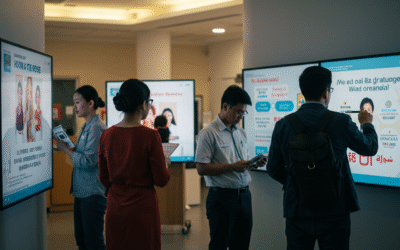Regulatory translations are a critical component in the approval process of medical and pharmaceutical products. When health authorities like the FDA (USA), ANMAT (Argentina), or COFEPRIS (Mexico) evaluate documentation, they expect not only technically accurate content but also clear, consistent translations that meet local regulatory requirements.
What do regulators look for in regulatory translations?
- Terminological precision
Medical, pharmaceutical, and legal terms must be exact. Inconsistencies often result in observations or outright rejections. - Document consistency
Language must be uniform across labels, leaflets, forms, protocols, and informed consents. - Regulatory compliance
Translations must follow each agency’s guidelines. For example, the FDA requires specific formatting and structure. - Clarity for the target audience
Some documents are for professionals, others for patients. Regulators assess whether the language is appropriate for the audience. - Document integrity
No sections should be omitted. Incomplete or partial translations can trigger immediate red flags.
Common errors in regulatory translations
- Misuse of clinical terminology or measurement units.
- Literal translations that miss contextual meaning.
- Inconsistent or unapproved glossaries.
- Lack of medical or legal review.
- Missing required disclaimers or warnings.
Compliance checklist to avoid regulatory issues
✅ Validate glossaries with client and regulatory teams.
✅ Include expert medical/legal reviewers.
✅ Use terminology QA tools.
✅ Confirm format, dates, units, and structures match requirements.
✅ Adjust readability levels for the intended audience.
Conclusion
Regulatory translations must be precise, verifiable, and fully compliant with each country’s standards. At SumaLatam, we help healthcare organizations ensure their documents pass FDA, ANMAT, and COFEPRIS reviews without setbacks. A proactive, expert approach prevents delays, saves costs, and builds trust.





